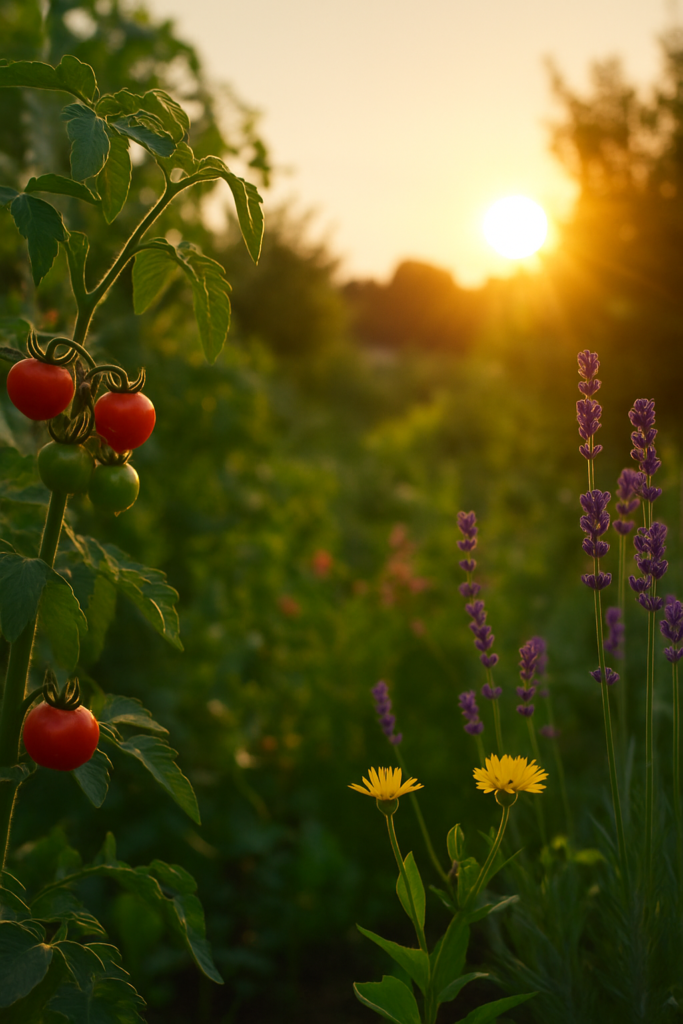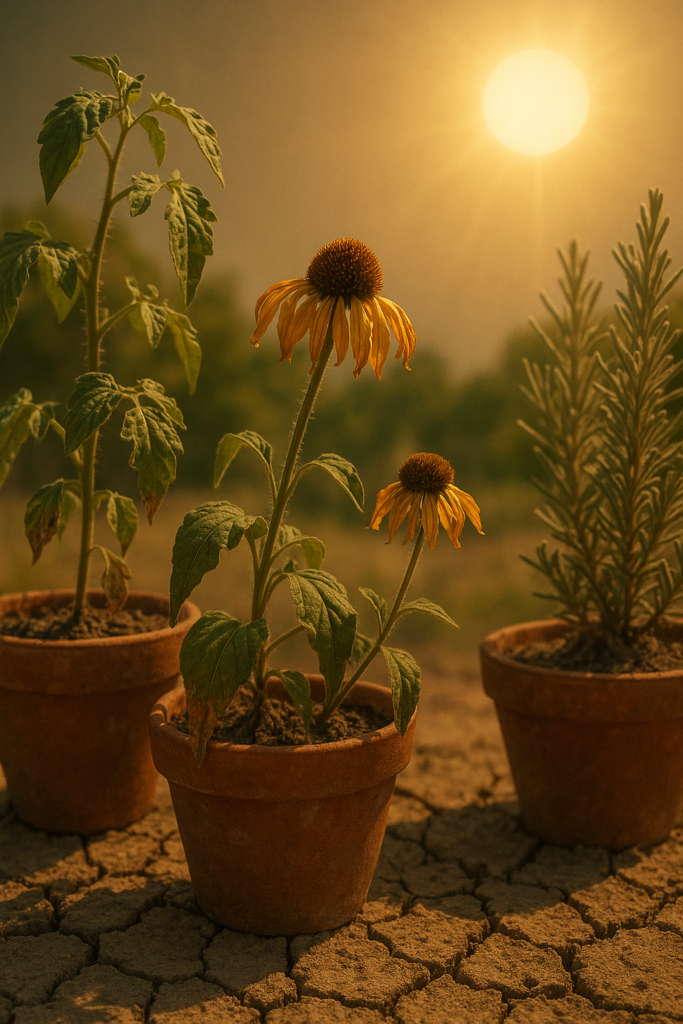
Every year, around June 21, the northern hemisphere experiences an important astronomical event: the summer solstice. It’s the longest day of the year 🌍, and for plants, it marks a major biological turning point.
In France, during this period, we get more than 16 hours of daylight in Paris, and even up to 16h30 of brightness in the north. This peak of light, combined with high temperatures (sometimes extreme, like this June), directly impacts plant growth, flowering, and watering needs
What Is the Summer Solstice?
The summer solstice happens when the Earth’s axis is most tilted toward the Sun. As a result:
☀️ The Sun reaches its highest point in the sky at noon.
📅 In 2025, it occurred on June 21 at 10:42 PM (French time).
🌇 That day, the sun rises very early (around 5:45 AM) and sets very late (around 9:55 PM in Paris).
Intense Light… but a Double-Edged Sword
The Effects of the Solstice on Plants
Photoperiod (length of daylight) is the main trigger for many plant behaviors :
- ✅ Accelerated growth of vegetables (tomatoes, beans, zucchinis…)
- ✅ Boosted blooming of summer flowers (gladiolus, cosmos, sunflowers…)
- ⚠️ Risk of premature flowering or bolting in some plants like lettuce or arugula.
- ⚠️ Risk of leaf burn for plants exposed to full sun without protection.
With the Heat Comes Greater Water Stress
The current heatwave in France, with temperatures over 35°C in some areas, increases the risk of :
- Rapid wilting of potted plants
- Soil drying out, both at the surface and deeper down
- Plants consuming more water than they receive
Some Mediterranean plants (lavender, rosemary, olive trees) cope well, but potted plants, annual flowers, and young seedlings may suffer significantly.

What to Do in Your Garden or on Your Balcony During This Time?
Here are the best actions to take around the solstice :
1. Optimize Watering
- Water early in the morning or after 9 PM.
- Use thick mulch (bark, straw, dry leaves) to keep the soil cool.
- Water less often but more deeply to reach the root zone.
2. Maintain to Encourage Flowering
- Remove faded flowers to avoid draining the plant’s energy.
- Lightly prune aromatic plants (basil, mint) to boost new leafy growth.
3. Protect Potted Plants
- Group pots in shady spots during the hottest hours.
- Elevate pots to prevent heat from the ground affecting the roots.
- Place a saucer of water under clay pots (but empty it after a few hours to avoid root rot).
4. Start Sowing for Late Summer
- Begin autumn sowing now (carrots, beets, black radishes).
- Try green manure (mustard, phacelia) to prepare the soil for September.
In Summary
🌞 The summer solstice is a key moment in the garden 🌿: maximum light ☀️, rising temperatures 🔥, and plants in full swing 🌸🍅… but also with high demand for water 💧 and attention 👀.
To survive the heat and continue to thrive, your plants need simple but consistent care : strategic watering, shade, gentle pruning, and planning ahead.
Bonus : 3 Plants to Watch Closely
| 🌱 Plant | Sensitivity to Solstice | Tip |
|---|---|---|
| Basil | Bolts quickly | Cut flowers as soon as they appear |
| Hydrangea | Sun-sensitive leaves | Place in partial shade and water deeply |
| Tomato | Grows fast, needs water | Mulch well and support heavy branches |
Also on VerdiVista:
💧 Is your plant getting too much or not enough water?
🦠 Plant diseases in the city: how to spot and prevent them?
🌿 Why is my rose wilting so fast?
